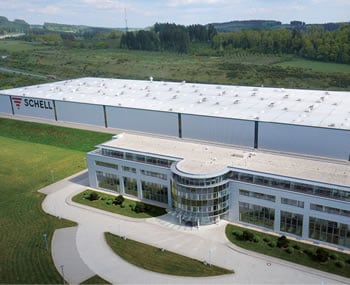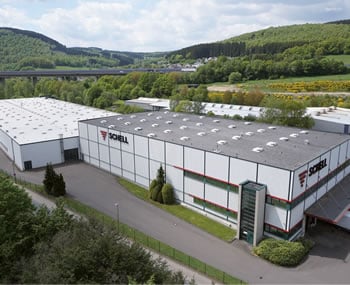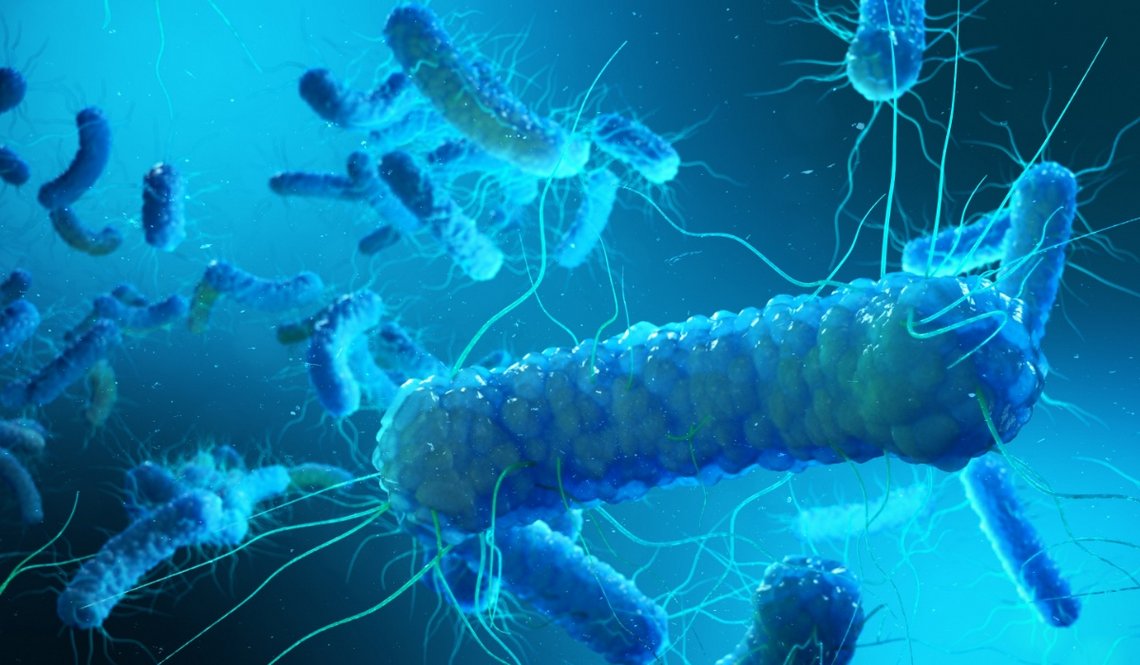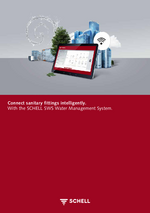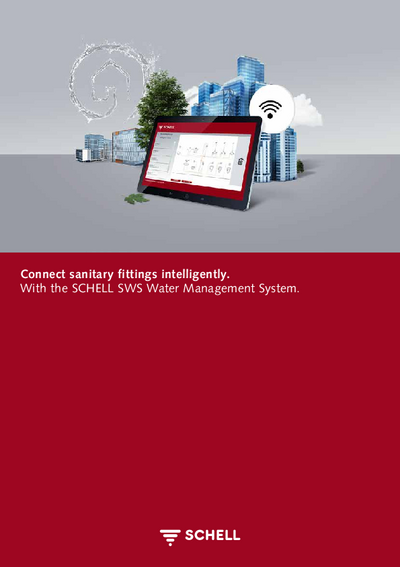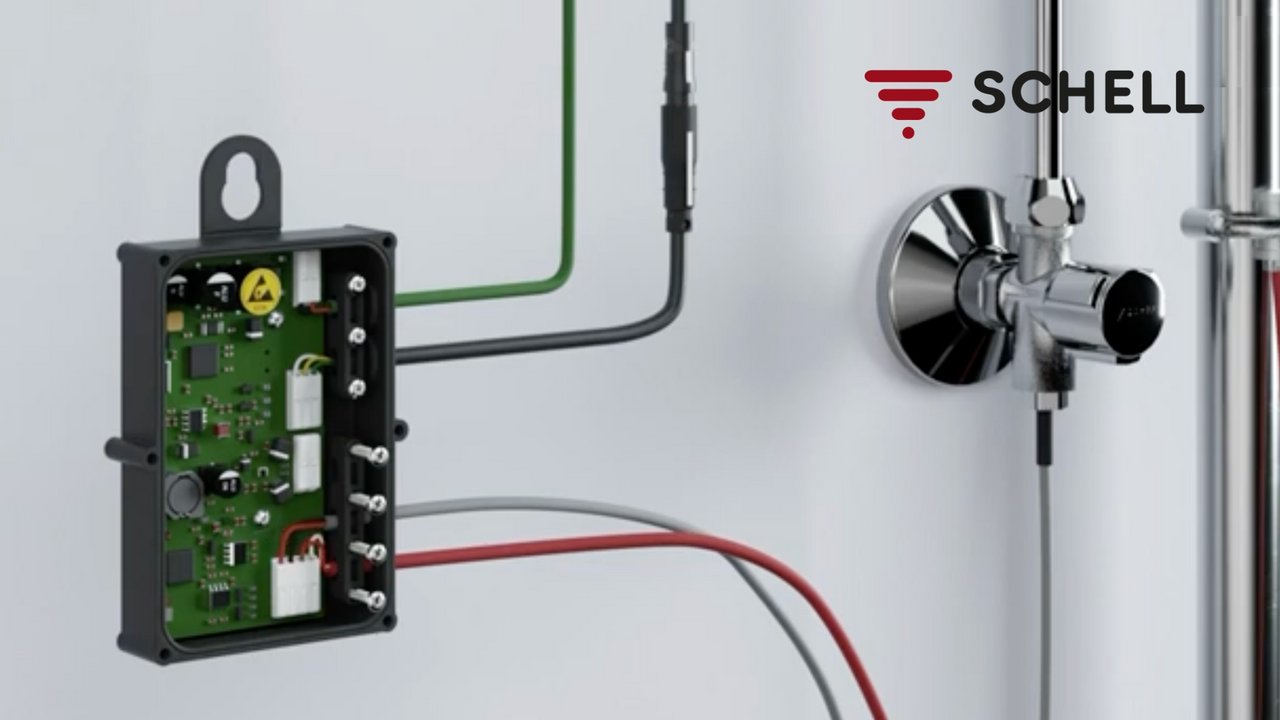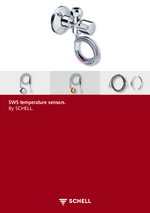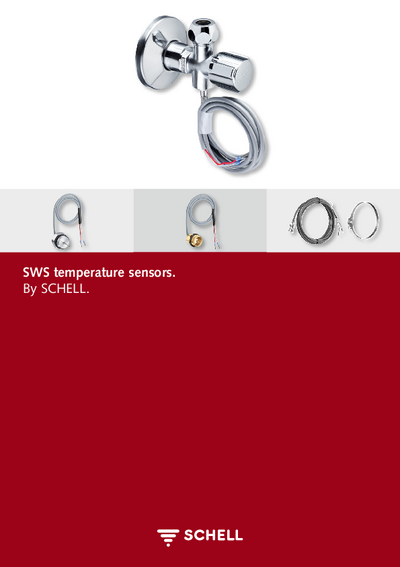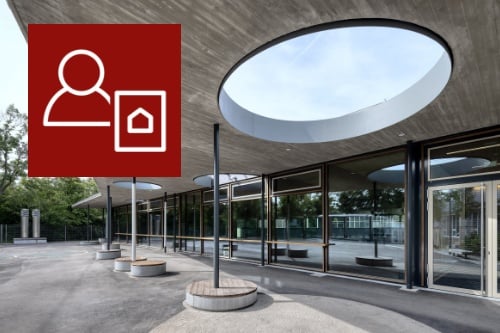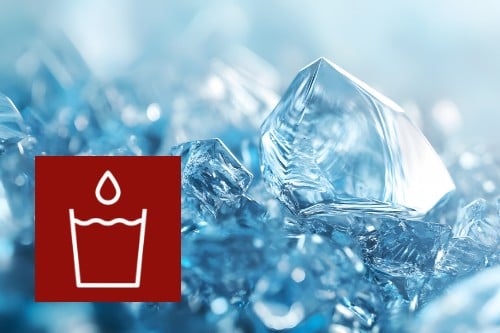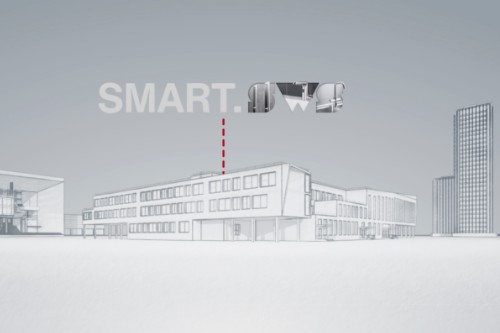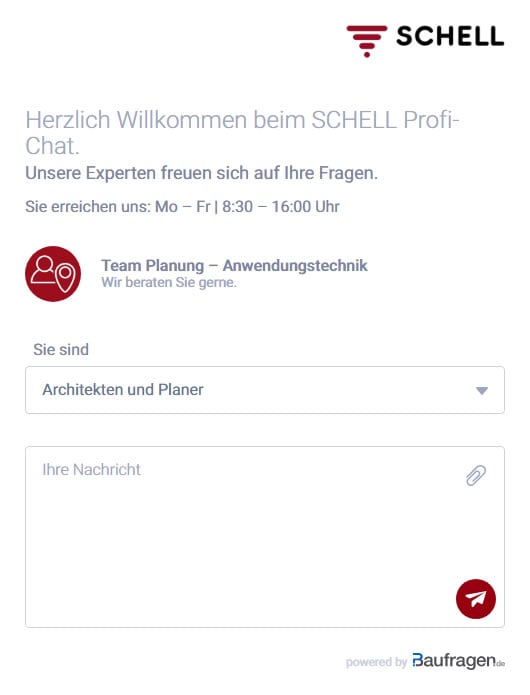Drinking water hygiene in summer – how building operators can avoid risks from overheated cold water
How secure is drinking water hygiene during summer heat waves? When outside temperatures really start to rise in summer, cold water often starts to heat up in the piping. Drinking water installations in many public buildings – such as schools – also start to become less used during the summer holidays, which results in long periods of stagnation and an increased level of risk for drinking water hygiene. Find out what you need to know and how you can take effective preventive action as a building operator.
Hot summer weather as a risk to drinking water quality
Why cold water starts heating up – and how this becomes a health risk
In summer, hot outside temperatures – especially over a prolonged period – can result in excessive heating of the cold water piping and the water it contains. If the cold water temperature starts to rise above 25 °C, this promotes the growth of Legionella – and a high concentration of this bacterium constitutes a serious health risk.
How are temperatures checked in the cold water system?
As specified by the draft of the new DVGW W 551-1 (A) (May 2025), 3 litres of water are drained off and the temperature is measured in a further 250 ml. This temperature must not be higher than 25 °C. If it is, then the cold water system must also be tested for Legionella.
Heat build-up in buildings
Another problem is that buildings like schools are not properly ventilated – especially during the holidays. This causes heat to build up in the building, which exacerbates heating problems in the water mains. Important: To ensure good drinking water quality, cold water lines must not rise above 25 °C for prolonged periods (PWC ≤25 °C), while hot water lines must stay at 55 °C or higher (PWH ≥55 °C).
Stagnation in the drinking water installation – when water sits around too long
Stagnation during the summer break
A basic requirement for maintaining water quality is to ensure that the water in the drinking water installation is exchanged at regular intervals. During the holidays, however, usage in buildings such as schools, sports venues or office buildings is either significantly less frequent or even stops entirely. This results in longer periods of stagnation in the drinking water installation piping with simultaneously higher temperatures for cold water – therefore making the spread of harmful Legionella bacteria more likely.
Not enough flow
A regular exchange of water across all tapping points is essential to avoid the excessive growth of Legionella bacteria: these exchanges flush them out before they can achieve harmful concentrations. Beyond the technical codes, section 13 of the German Drinking Water Regulation requires you, as building operator, to ensure a full exchange of water at least every 72 hours. If this cannot be achieved due to limited use, then you must complete the exchange of water either manually or with an automated system.
What you need to know as a building operator: laws and regulations
Key operator responsibilities from the German Drinking Water Regulation (TrinkwV)
Section 13 TrinkwV – Ensuring drinking water quality: Water supply systems must be operated in accordance with the generally recognised codes of practice at a minimum.
Section 31 TrinkwV – Obligations to test for Legionella: Provisions setting out when and where there is an obligation for testing the water supply system for Legionella.
Section 51 TrinkwV – Operator’s obligations in relation to Legionella: Sets out the relevant duties of the operator, including the completion of risk assessments. A summary of the new German Drinking Water Regulation is available here.
Standards and technical codes
VDI 6023 Part 1: Hygiene in the drinking water system: Complete exchange of water across all tapping points at least every 72 hours.
DVGW W 551-1 (A) (draft): State-of-the-art information about Legionella. From the planning of drinking water installations to promote hygiene, to operation and sampling, and remedial work for contaminated installations.
DIN EN 806/DIN 1988: Technical rules for drinking water installations: a standards series on the planning, execution and maintenance of drinking water systems.
Modern solution: intelligent flushing systems for safe drinking water
The SWS Water Management System
Automated water exchanges – reliable, documented, efficient
To ensure the automated exchange of water to professional standards, all electronic SCHELL fittings in the building can be networked and controlled centrally by our SCHELL SWS Water Management System. This allows flushing to be scheduled or automated in response to temperature changes and with full record-keeping.
Practical tips: Good practice for building operators
✔️ Regular stagnation flushes (manual or automated) for interruptions in use of more than 72 hours
✔️ Monitoring of temperatures in PWC and PWH, with the help of thermometers (manual) or temperature sensors (automated)
✔️ Regular completion of maintenance work (as per manufacturer specifications and DIN EN 806-5)

![[Translate to English:] [Translate to English:]](/fileadmin/_processed_/1/b/csm_symstemloesungen_e2_thumb_6bca267f26.jpg)
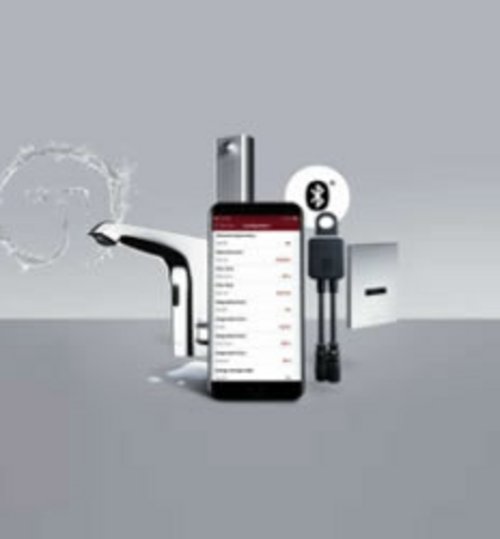
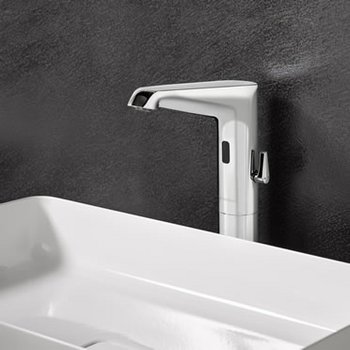
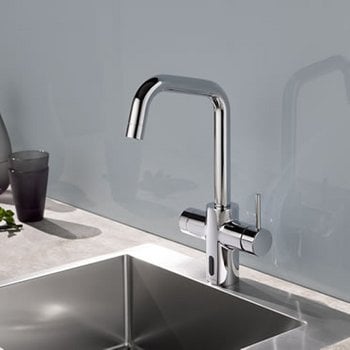
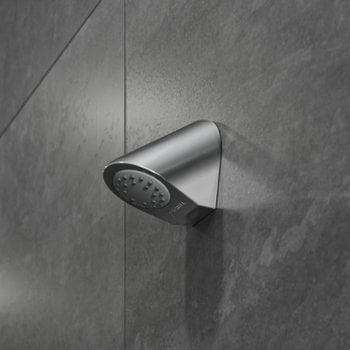
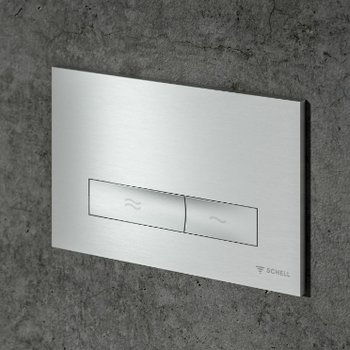
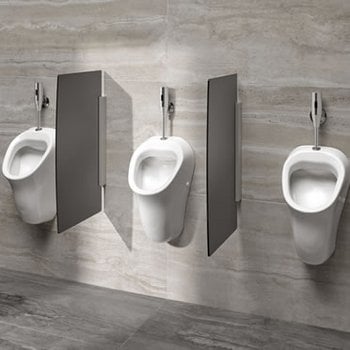
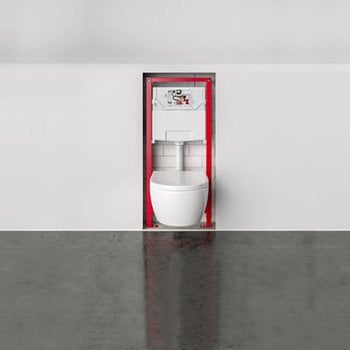
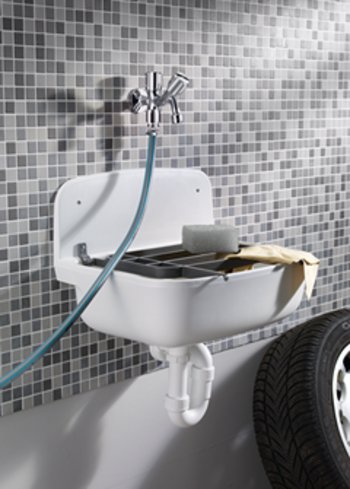
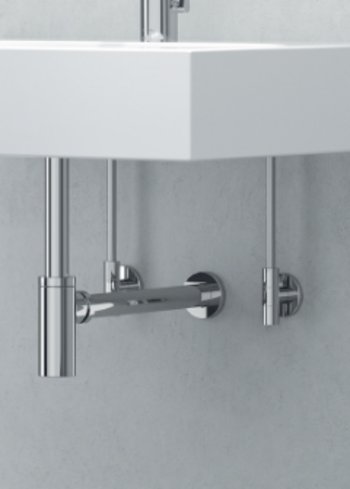
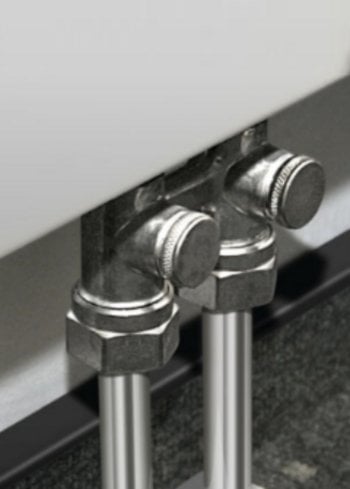
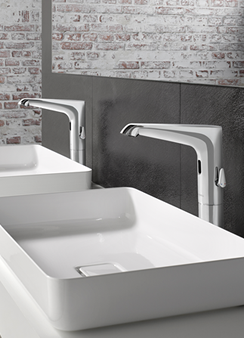
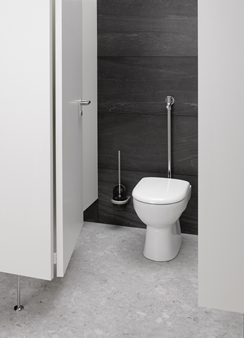
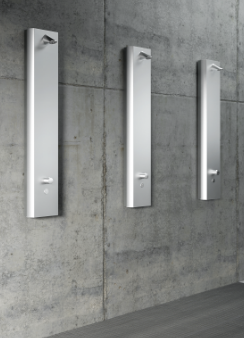

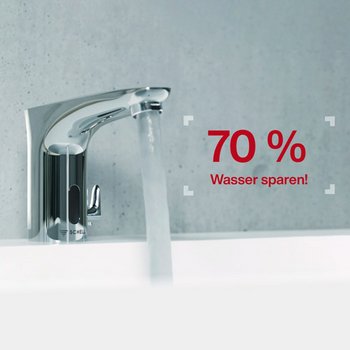
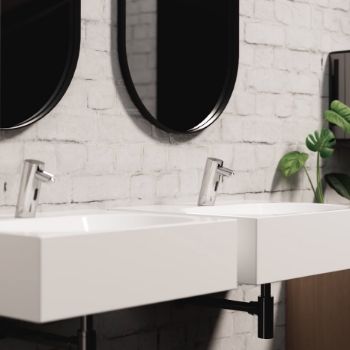

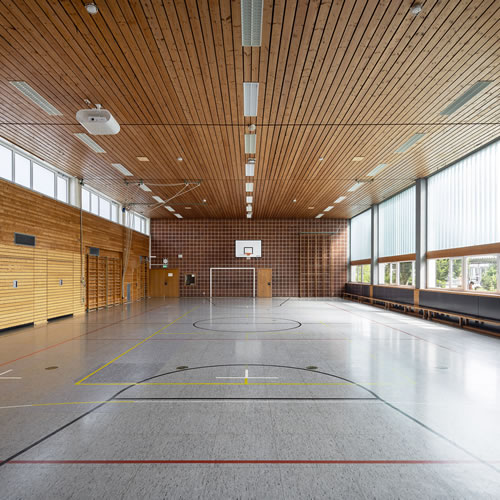
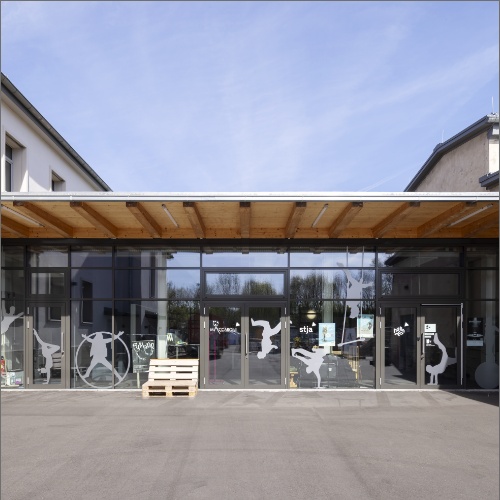
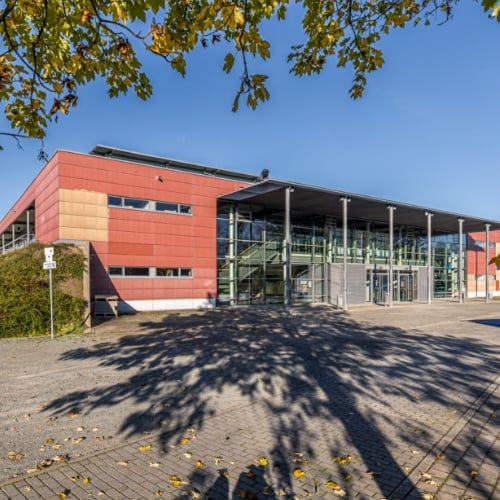
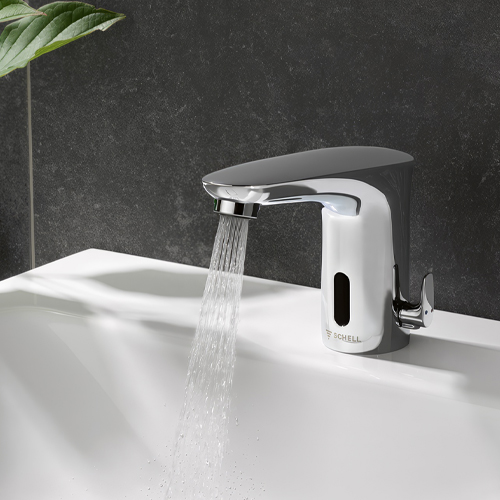
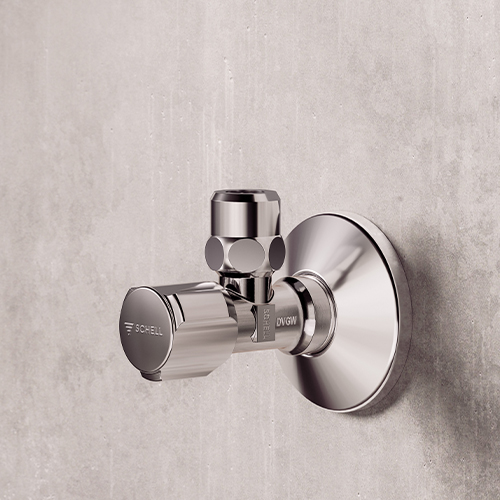
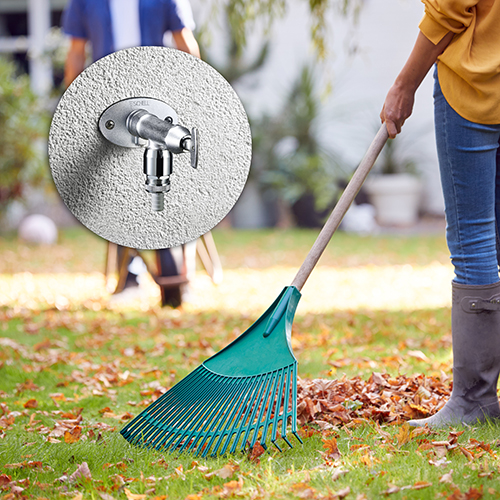
![[Translate to English:] [Translate to English:]](/fileadmin/user_upload/images/menu/menu_service_downloads_broschueren.jpg)
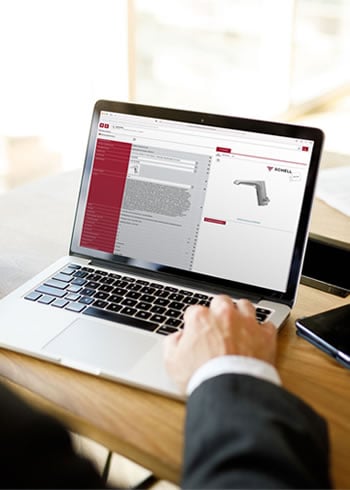
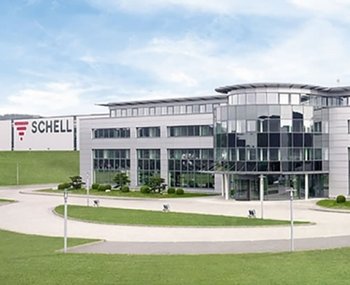


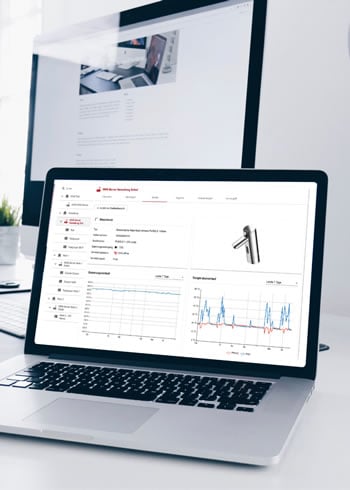

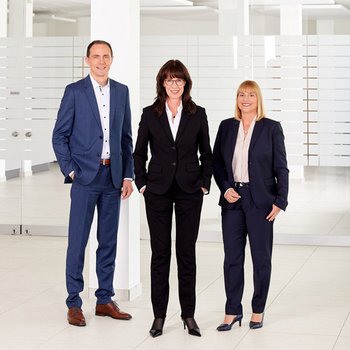
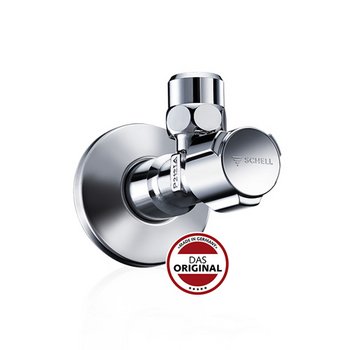
![[Translate to English:] [Translate to English:]](/fileadmin/_processed_/7/7/csm_menu_unternehmen_ueber-schell_awards_f6cec25b1d.jpg)
![[Translate to English:] [Translate to English:]](/fileadmin/_processed_/a/0/csm_menu_unternehmen_ueber-schell_wasser-sparen_41036d2dd9.jpg)


